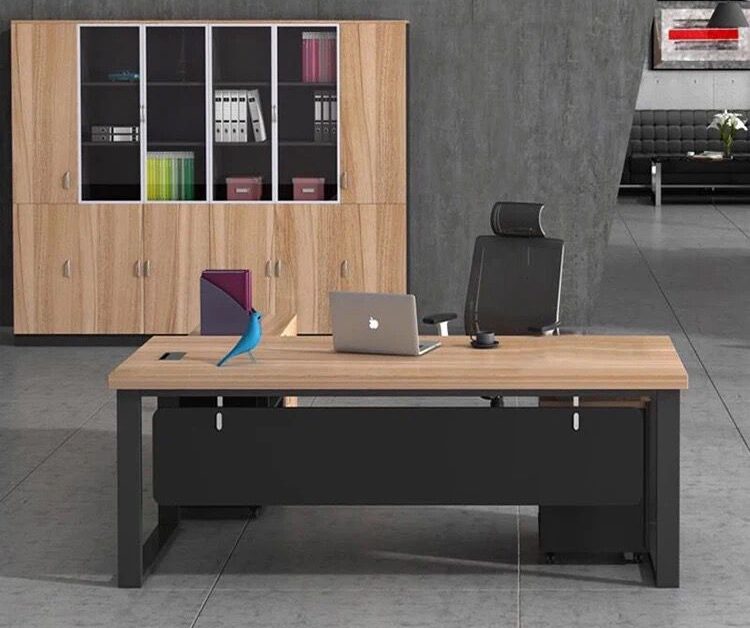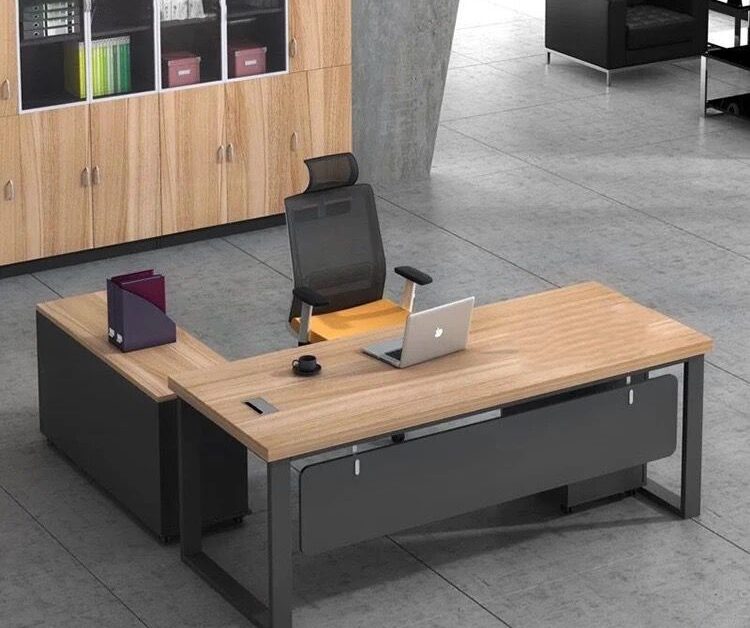BE READY TO CREATE YOUR WORKPLACE
Creating a workspace that is functional, comfortable, and inspiring is essential for productivity and creativity. Whether you work from home or in an office, the design and organization of your workspace can have a significant impact on your work performance and overall well-being. In this blog, we will explore some key factors to consider when creating your workspace and offer some practical tips for making the most of your work environment.
-
Location
The first step in creating your workspace is choosing the right location. If you work from home, this may be a spare room, a nook in your living space, or a dedicated home office. If you work in an office, you may have limited control over the location, but you can still make the most of the space you have.
When choosing a location, consider factors such as natural light, noise levels, and accessibility. Ideally, your workspace should be well-lit with natural light and away from noisy areas. If you have the option, choose a space that is easily accessible and allows for privacy when needed.

-
Layout
Once you have chosen your location, consider the layout of your workspace. This includes the placement of furniture, equipment, and storage. The layout of your workspace should be ergonomic, efficient, and promote productivity.
An ergonomic workspace is one that is designed for comfort and efficiency. This means that your desk, chair, and computer should be positioned in a way that reduces strain on your body and promotes good posture. Your desk should be at a comfortable height, your chair should be adjustable and supportive, and your computer screen should be at eye level.
Efficient workspace design means that your tools and equipment should be easily accessible and organized. This includes your computer, phone, printer, and any other tools you need to do your job. Consider the placement of these items and ensure that they are within easy reach.
Finally, a productive workspace should be organized in a way that promotes focus and minimizes distractions. This means keeping your workspace clutter-free, using storage solutions to keep items off your desk, and minimizing visual distractions such as unnecessary decorations or open windows.
-
Lighting
Lighting is an essential element of any workspace. Natural light is ideal, as it promotes good health, reduces eye strain, and boosts productivity. If you don’t have access to natural light, consider investing in high-quality lighting solutions that mimic natural light and reduce eye strain.
-
Color
Color can have a significant impact on your mood and productivity. Choose colors that promote focus, creativity, and calmness. Blue, for example, is associated with productivity, while green promotes calmness and creativity. Yellow is often used to promote energy and optimism.

-
Comfort
Comfort is essential when it comes to creating a productive workspace. Choose a comfortable chair and make sure that your desk is at a comfortable height. Consider investing in a footrest or ergonomic keyboard to reduce strain on your body.
-
Inspiration
Your workspace should be a place that inspires you to do your best work. This means incorporating elements that are meaningful to you, such as photos, artwork, or motivational quotes. Surrounding yourself with things that inspire and motivate you can help to keep you focused and productive.
-
Plants
Plants are an excellent addition to any workspace. They promote good health by purifying the air, reducing stress, and boosting productivity. Choose plants that are easy to care for and that thrive in your workspace’s lighting conditions.
-
Noise
Noise can be a significant distraction in any workspace. Consider investing in noise-canceling headphones or a white noise machine to reduce distractions and promote focus. If you work in an office, consider using cubicle walls or other dividers to minimize noise levels.

 Cart is empty
Cart is empty 
Leave A Comment